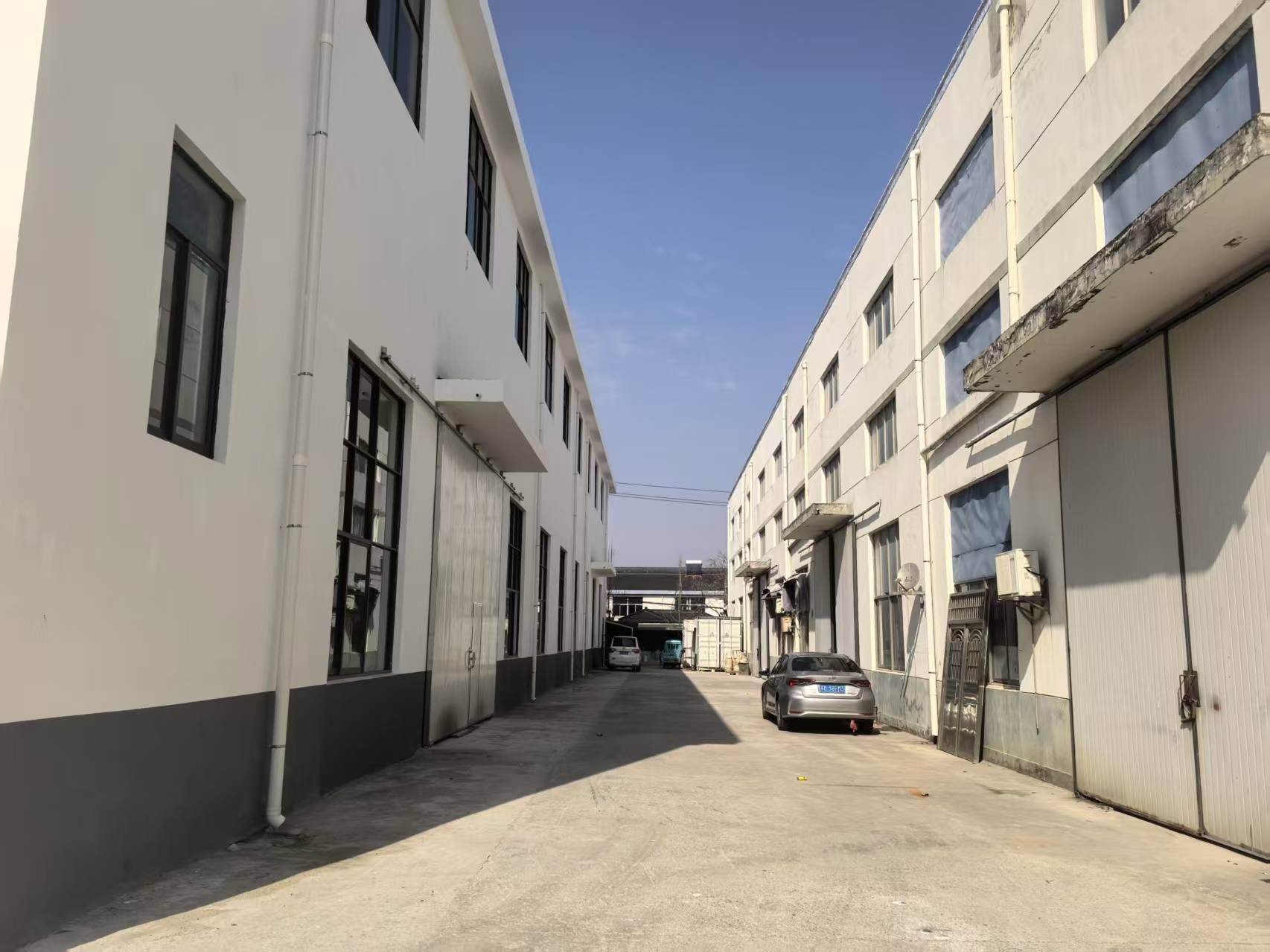
Innovative substance showcase distinguished molecular traits, rendering them ideal for a varied series of uses. Arising from aviation and driving to electrical apparatus, these materials are constantly improving to cope with the preconditions of a modern industry.
- Their robustness and antagonism to intense atmospheres make them essential for state-of-the-art machinery.
- Besides, technical ceramics offer benefits in terms of strength, facilitating the growth of trailblazing apparatuses.
Fabricating Materials: Designed for Remarkable Effectiveness
Developed ceramics outperform in exacting tasks due to their remarkable attributes. Engineered from specially chosen raw materials and experiencing stringent processing practices, these cutting-edge elements present exceptional toughness, oxidation resistance, and endurance to tough thermal states, oxidation, and grinding. From aeronautics sections to processing tools, industrial ceramics offer excellent operation across numerous sectors. Their flexibility allows surviving harsh environments, assuring longevity and consistency. As development progresses, the desire for cutting-edge materials grows, cementing the essential job of industrial ceramics in shaping a stronger prospect.
Next-Generation Ceramics: Pushing Material Boundaries
Compositions, possessing notable rigidity and longevity, are engaged in a transformation. Innovative ceramics, crafted with exact control over their blend and internal architecture, defying the edges of what is conceivable. These compounds exhibit a vast assortment of features, originating them tailored for hard spheres such as outer space, healthcare, and resources. From featherweight parts that survive extreme hotness to body-friendly implants that unite naturally with the physical form, advanced ceramics are revolutionizing our life.
Accurate Ceramic Crafting: Handling Exacting Requirements
Ceramic fabrication has evolved markedly in recent cycles, enabling the design of multi-dimensional and highly operational ceramic items. These parts are essential across a inclusive range of fields, including space, health, and device domains. Meeting the demanding requirements for these incidences calls for precise fabrication processes that guarantee dimensional strictness, surface polish, and material properties. Modern ceramic fabrication processes leverage different methods, including slip casting, injection molding, and additive manufacturing. These approaches enable the assembly of detailed structures and delicate components with remarkable consistency. Equally important, advances in materials science have caused new ceramic compounds endowed with advanced facets. These structures possess increased toughness, survival, and tolerance to critical temperature conditions, allowing their use in challenging sectors.
The possibilities for detailed ceramic fabrication are immense. As experiments and forward movement push on, we can foresee even more innovative processes and substances that will also extend the confines of what is realizable in this domain.
High-Strength Ceramic Substances for Harsh Settings
Modern ceramic ingredients provide extraordinary sturdiness and immunity against extreme conditions, making them favored for demanding purposes in energy territories. These sophisticated ceramics can resist extreme thermic loads, withstand degradation, and hold their efficiency under demanding stress weights. Their incomparable lattice elements equip dependable work in inimical locales, including kilns, gas turbines, and reactor cores.
- Ceramic composites
- Heat resilience
- Enhanced efficiency
Composite Ceramics: Consolidating Power and Performance
Alloyed ceramics deliver a significant mix of mechanical fortitude and distinct functional abilities. Through the union of ceramic bits within a binder, these blends achieve noteworthy efficiency. This combination results in heightened withstandability against high climatic environments, wearing, and chemical degradation, rendering them appropriate for strict tasks in outer space, motor industry, and utilities places. Furthermore, ceramic composites can be modified to possess exclusive properties like electrical conductivity or biocompatibility, increasing their employability across diverse domains.
Fine Administration in State-of-the-Art Ceramics
Obtaining targeted essentials in progressive ceramics commonly requires exact regulation over their granularity. Multiple refinement elements, including sintering heating point, duration, and atmosphere, alongside the mixing of dopants or supplementary phases, dramatically influence the arrangement of microstructures, interstices, and other microstructural features. Detailed modification of these criteria allows for the enhancement of durability, cracking tolerance, and heat transfer conductivity. Namely, elevating the sintering thermal exposure can advance grain expansion, thus increasing solidness and improving mechanical durability. Conversely, modifying the firing atmosphere may alter the oxidation state of the ceramic, thereby influencing its electrical capacitance or magnetic characteristics. Grasping these relationships between microstructure and properties is fundamental for designing advanced ceramics with customized performance suitable for many roles.
Wear-Resistant Ceramics: Boosting Resilience
In taxing industrial industries, where segments are forced to constant grinding and breakdown, compounds with exceptional hardness are decisively vital. Wear-resistant ceramics have emerged as a prime response, offering unparalleled robustness and capability in wide-ranging industries such as production, mining, and aerospace. These leading elements possess a distinctive texture that improves their capacity to oppose crumbling. By capitalizing on the built-in strength and thickness of ceramic materials, engineers can construct long-lasting sections capable of weathering the most harsh operating scenarios.
Biocompatible Elements: Deployments in Medicine
Non-toxic ceramics have overhauled the medical realm, yielding an array of advantageous qualities for multiple works. These articles are biologically stable within the living system, minimizing inflammatory responses and encouraging repair. A prime role for biocompatible ceramics is in bone grafts, where their tenacity sustains long-lasting hold to damaged body parts.
What's more, they are utilized in dental restorations, yielding a strong and lovely solution for prosthetic teeth. Ceramics also possess a key place in pharmaceutical formulations, permitting the precise administration of agents to specific regions within the anatomy.
- Besides, biocompatible ceramics are more often being explored for biomaterials development, serving as a framework for recovery.
- Therefore, the future of biocompatible ceramics in medicine looks encouraging, with continual explorations expanding their capabilities.
Ceramic Sensors: Empowering Trustworthy Measurements
High-tech alumina ceramic sensor ceramics have come forth as essential modules across a comprehensive array of arenas. These sensors leverage the incomparable essentials of ceramic forms to deliver highly dependable determinations. Their robustness in {demanding|harsh| 